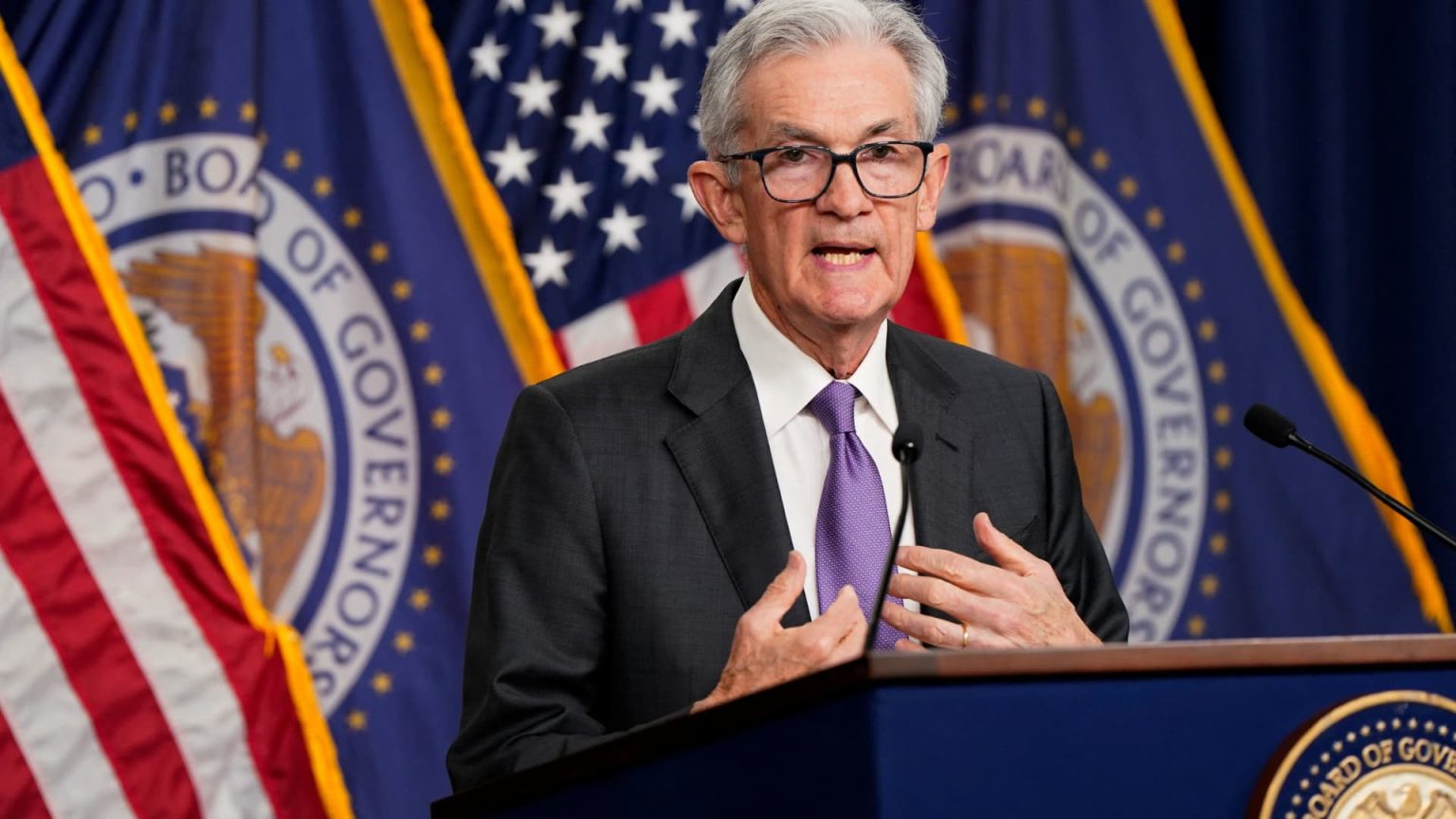Federal Reserve officials expressed concern about inflation not decreasing quickly enough at their March meeting, despite expectations for interest rate cuts later in the year. The Federal Open Market Committee decided to keep short-term borrowing rates steady, noting their unease with inflation not easing convincingly. Geopolitical turmoil and rising energy prices were cited as risks that could push inflation higher, along with the potential for looser policy to add to price pressures. On the downside, a more balanced labor market, enhanced technology, economic weakness in China, and a deteriorating commercial real estate market were discussed.
There was a lengthy discussion about inflation at the meeting, with officials mentioning higher-than-expected inflation readings in January and February. Chair Jerome Powell suggested that the readings could have been caused by seasonal issues, though some members disagreed. The consumer price index showed a 12-month rate of 3.5% in March, above market expectations, prompting traders in the fed funds futures market to adjust their expectations. Market pricing now implies the first rate cut in September, with just two total cuts expected this year. Previously, the odds were for the first reduction to come in June, with three total cuts.
Almost all meeting participants agreed that it would be appropriate to move to a less restrictive policy stance at some point this year if the economy evolved as expected. They noted that the disinflation process was continuing somewhat unevenly, supporting the need to adjust policy. Officials also discussed the possibility of ending the balance sheet reduction, with plans to slow the roll-off of assets by roughly half in the near future. While no decisions were made, most market economists expect the easing of quantitative tightening to start in the next month or two. A cautious approach was recommended by meeting members.
Overall, the discussion at the meeting highlighted the uncertainty surrounding inflation and the need for caution in policy decisions. The Fed’s focus on achieving its 2% inflation target was reiterated, with concerns about factors that could push inflation higher. While market expectations for rate cuts have shifted following the release of the consumer price index data, there remains a consensus that some policy adjustments may be necessary to support the economy. The minutes emphasized the importance of monitoring economic trends and making decisions based on the evolving economic landscape.


